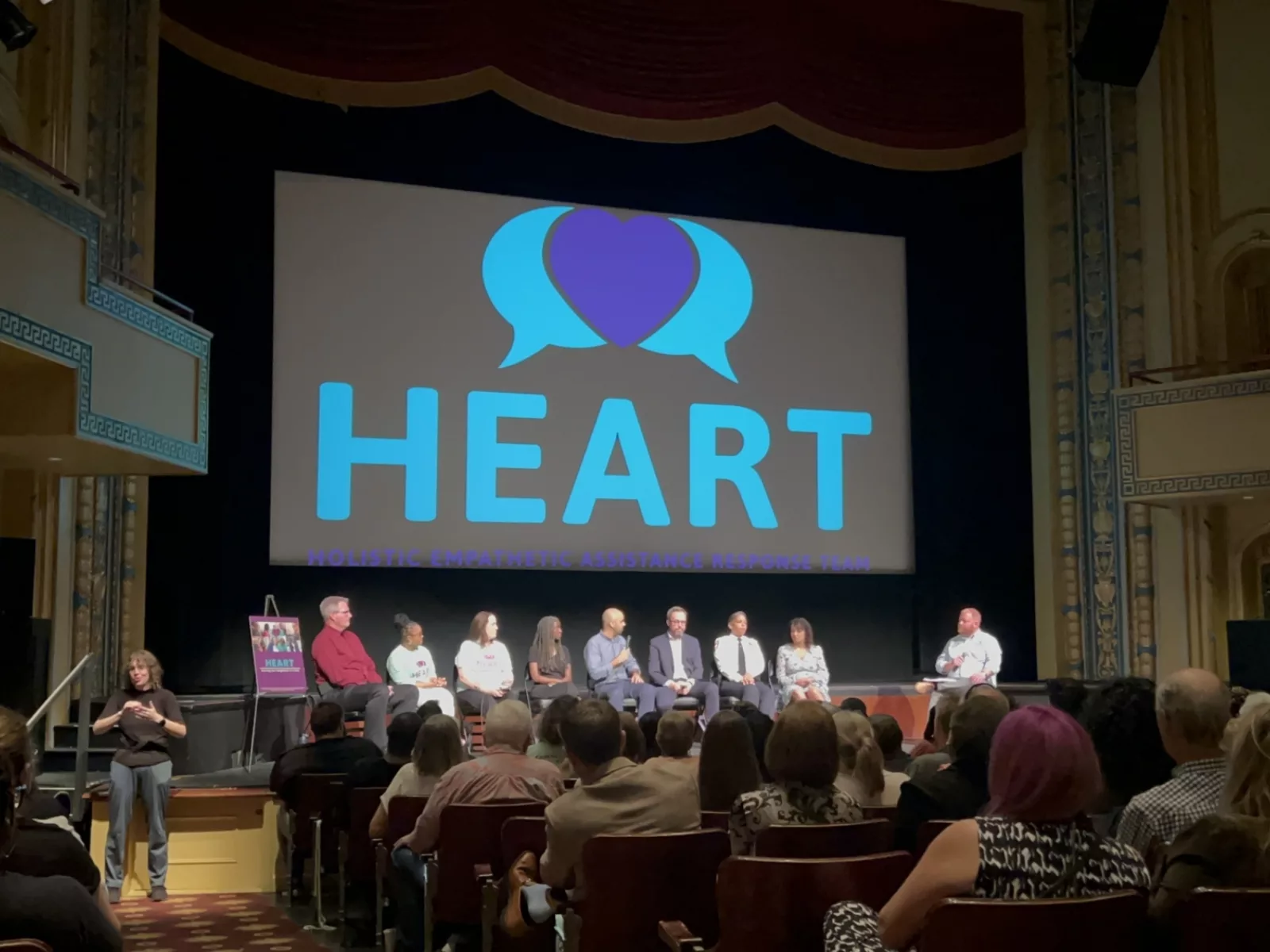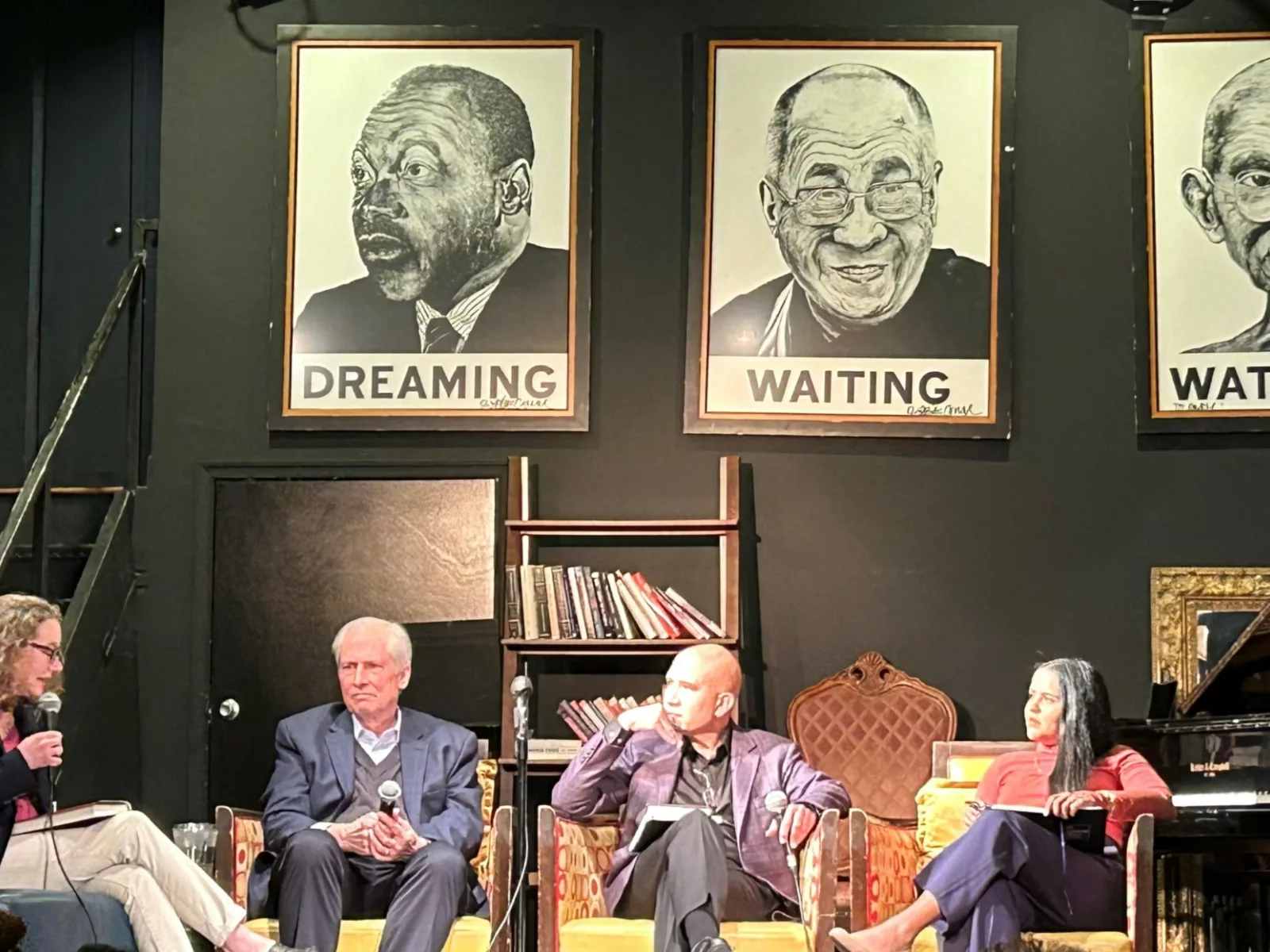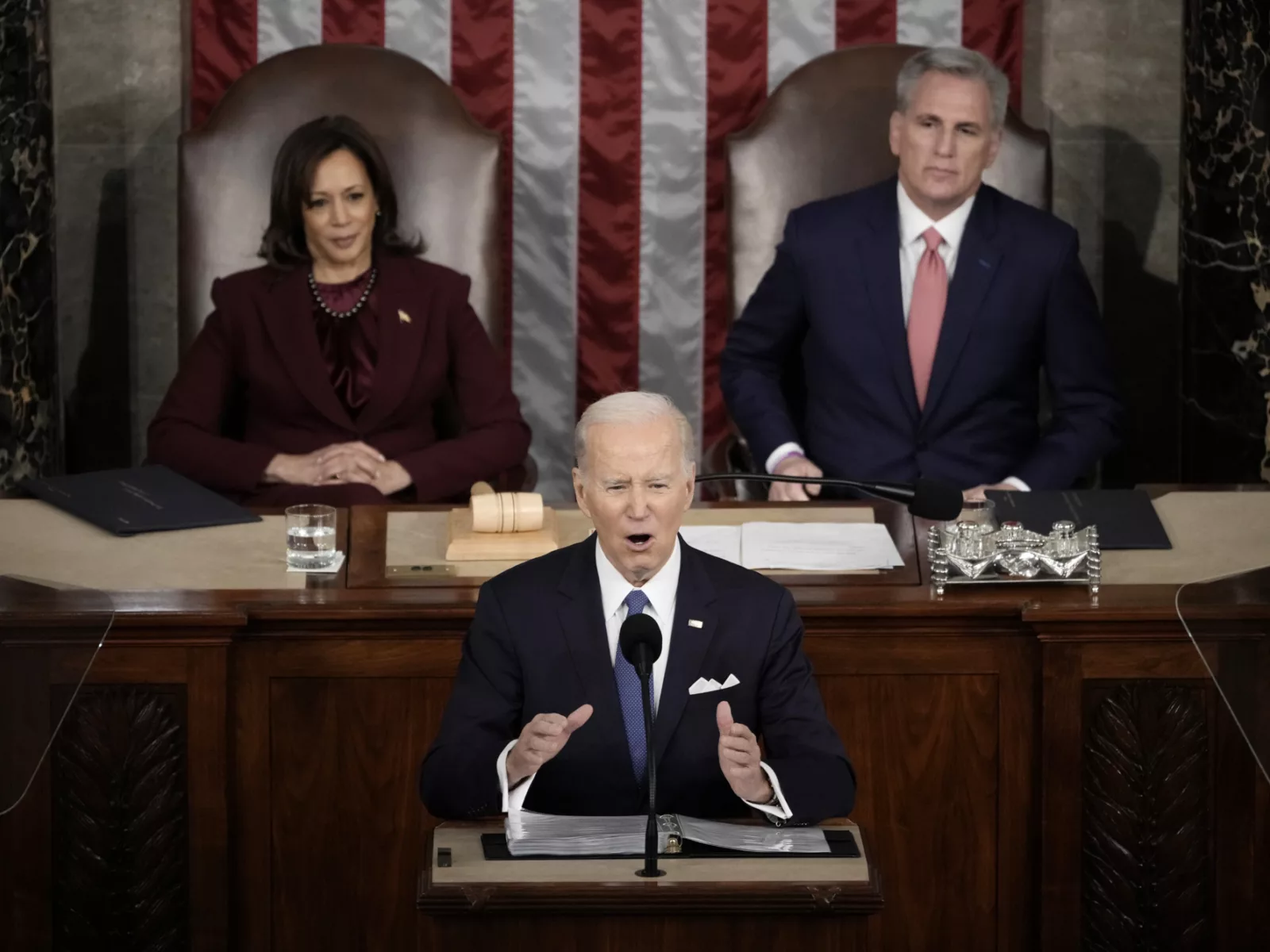Homicides rose by 30% nationwide in 2020, a troubling and unprecedented rise, and one that can’t easily be explained by any one factor.
Rather than lead with the complexity, however, many media outlets spent 2021 focusing only on the spike, making space for misleading narratives that accelerated through social media. Partisan opinion pieces pounced on the opportunity to draw connections between criminal justice reforms and rising crime, without evidence.
Mainstream media sources struggled to center objective data in their reporting, provide balanced perspectives, and embrace best practices when covering criminal justice issues.
“Most people who follow the news would think we have defunded the police in this country, and we are less safe as a result,” said Insha Rahman, vice president of advocacy and partnerships at Vera Institute of Justice.
Neither is true. Most police budgets have stayed the same, if not increased, since calls for police reform reached a crescendo in the summer of 2020. Homicides rose in both liberal and conservative communities, regardless of whether they enacted or even considered reforms.
While not supported by data, this kind of slanted narrative is familiar to experts who study criminal justice. Stories that needlessly sensationalize violence or explain crime erroneously do real-world harm to individuals. They can also warp public opinion in ways that set back policy changes shown to improve public safety. Yet there are solutions — within the media and outside of it — that can move our news diet toward more evidence-based, fact-driven reporting.
Misleading Media Narratives Hit Public Opinion on Bail Reform
In April 2019, historic bail reform passed the New York legislature. At the time, more than 60,000 New Yorkers were jailed annually because they could not afford cash bail. The reforms, supported by 55% of voters at passage, mandated pretrial release for people charged with almost all misdemeanors and nonviolent felonies. Judges still maintained their ability to set bail for those charged with violent felonies and other specific offenses, while bail and pretrial jailing were eliminated for 90% of statewide arrests.
But in the months after passing and the law’s implementation in January 2020, public support plummeted to 37%. In that time, FWD.us documents that media coverage riddled with inaccurate and misleading information, dehumanizing language, and reliance on one-side sources contributed to an atmosphere of fear and distrust that skewed heavily against reform.
“What we found was just an unbelievable number of stories that were at best anecdotes, and at worst outright falsehoods,” said Laura Bennett, co-author of the report.
“Language like ‘thug’ appearing in headlines, and too many stories to count that were sourced exclusively from law enforcement,” she explained.
For example, a Newsday story in January 2020, just weeks after the reforms went into effect, falsely cited bail reform as the reason for release of a man who was subsequently charged in a fatal DUI. Later corrected — New York’s bail reform did not mandate release in this case — the original story was nevertheless widely shared across social media.
FWD.us shows that the drumbeat of negative coverage and the subsequent drop in public support led to rollbacks to the reforms, significantly increasing the number of charges eligible for bail and pretrial jailing.
“This fight was lost on the front pages of the newspaper,” said Bennett. “We really felt like public support, and in turn, legislative support, had the rug pulled out from under it by press, and not for any real public safety reason, not for any real-world impact of the law, but because law enforcement was so good at getting their opposition to the laws in the form of anecdotes into the press.”
Perhaps just as damaging as false stories, the larger story of bail reform wasn’t told.
“The stories of tens of thousands of people who went home safely to their families, who went back to their jobs and their communities as a result of bail reform, aren’t covered,” said Rahman. “If those got as much press as the one terrible case, we would have a different public perception of what reform does in our community — to public safety and people’s lives.”
Better media for better policy
When fear-based crime stories lead the narrative, public policy solutions other than increased policing and harsher punishment are more difficult for the public to envision.
Work by the Sentencing Project has shown that people are more likely to support punitive policies if they have been exposed to sensationalistic crime coverage.
“We all know the expression, ‘If it bleeds, it leads,’” said Rahman. “Until we fundamentally change people’s desire for the salacious, scary stories and we actually encourage our citizens to want to know the truth of what’s working, and what isn’t, this is the world we live in.”
“The main reason we need evidence in this conversation is that the current system is not working in a variety of ways,” said Jennifer Doleac, associate professor of economics at Texas A&M University, whose research has found that more lenient prosecution of misdemeanors results does not result in more crime. “A lot of people across the political spectrum are unhappy with the status quo in the criminal justice system for a variety of reasons. And so we need to change what we’re doing somehow to get better outcomes.”
While these are promising steps to de-stigmatizing and recalibrating how individuals involved in the criminal justice system are covered in the news, more needs to be done to correct and counterbalance misleading reporting that influences elections and policy.
In a democracy, bad media translates into bad politics, which translates into bad policy, which translates into bad outcomes.Thomas Abt chair of the Violent Crime Working Group and senior fellow at the Council on Criminal Justice
Yet tested and promising reforms are systematically undercut by tough-on-crime advocates with an agenda to preserve the idea that more policing means less crime, said Bennett.
“There just is no evidence that the small amount of decarceration this country has experienced in the last decade or so has led to increased crime,” she said. “Yet anytime you have a big reform pass, you’re going to see headlines tying [an increase in crime] to that reform, and it has just never been borne out by the data.”
The result of persistent crime narratives is abandonment of exploration or investment in new policies.
“In a democracy, bad media translates into bad politics, which translates into bad policy, which translates into bad outcomes,” said Thomas Abt, chair of the Violent Crime Working Group and senior fellow at the Council on Criminal Justice.
Media Reform Starts with Facts and Recognizes Bias
Gathering data and evidence that fact-checks fear-mongering coverage reveals a dramatically different kind of news.
The New York Post, whose opinion pages took a relentless stance against bail reform, nevertheless published a data-driven exposé that showed New York Police Commissioner Dermot Shea and others had grossly misrepresented the impact of pretrial release.

Shea had repeatedly blamed bail reform for a rise in gun homicides, but the Post examined NYPD’s own data on 11,000 people who were released between January and June of 2020 as a result of bail reform and COVID-19. They found that in fact less than 1% of those released were involved in a shooting. In half of those cases, “involved” meant the individual was a victim or bystander.
One well-researched story can’t reverse decades of biased reporting, but there is a growing movement by media outlets to recognize the role they play in public perceptions of crime and criminal justice.
In 2021 Gannett’s chain of papers committed to crime coverage that was less reactive and more reflective of the real issues facing local communities. This ranges from across-the-board policies like removing mugshots, to more nuanced approaches for community-led newsgathering that builds trust over time. The Associated Press announced it will no longer identify people suspected of minor crimes, and the Boston Globe will allow a “fresh start” by helping people request revision or de-indexing of past articles.
Last August the Arizona Republic announced changes to their crime reporting, including focusing on cases from beginning to end, and to be conscious of the biases crime reporting can perpetuate. The Los Angeles Times posted a public reckoning last year on the damaging stereotypes their reporting had exacerbated for Black and Brown communities, and pledged to do better.
While these are promising steps to de-stigmatizing and recalibrating how individuals involved in the criminal justice system are covered in the news, more needs to be done to correct and counterbalance misleading reporting that influences elections and policy.





















